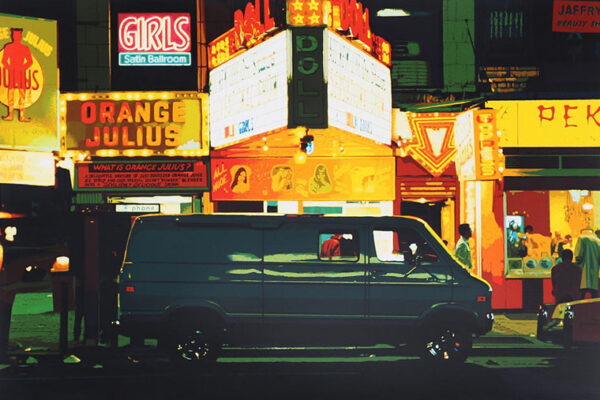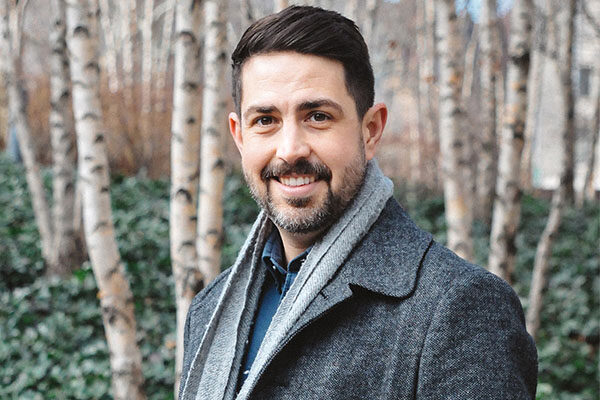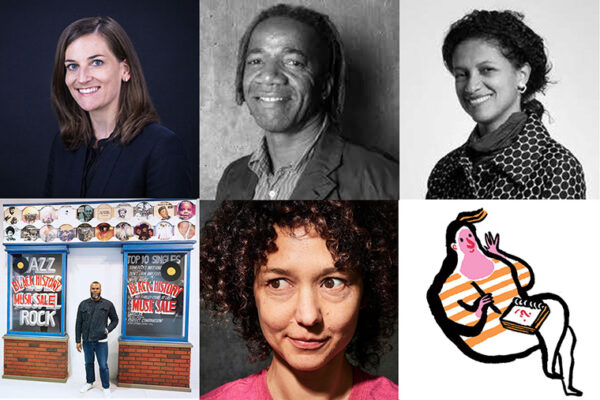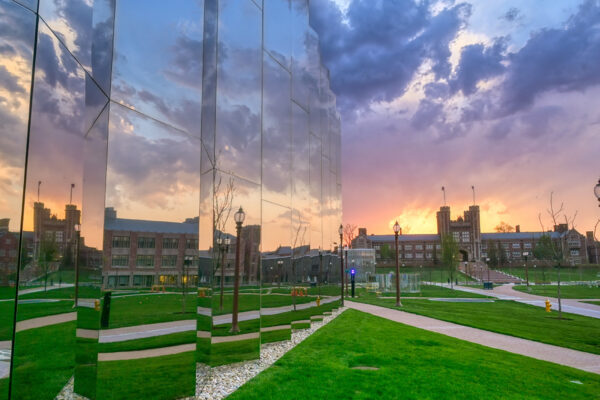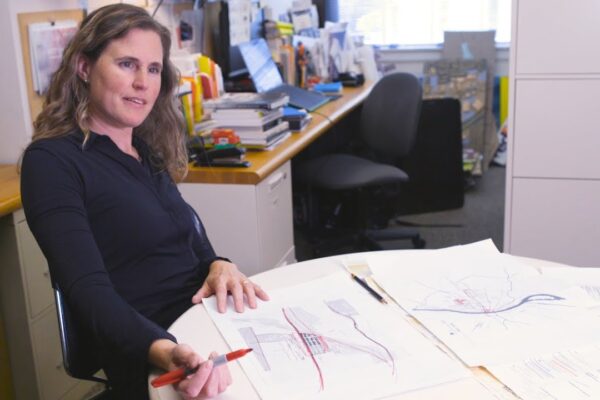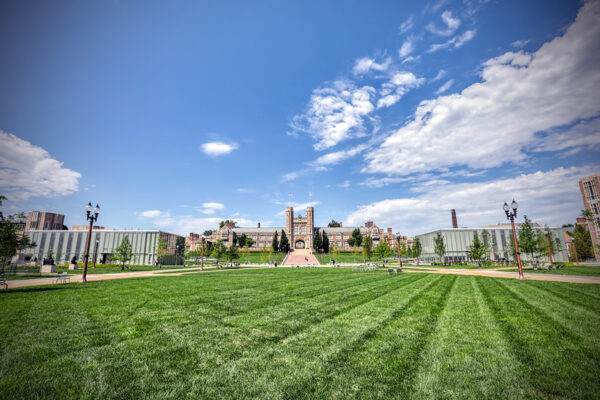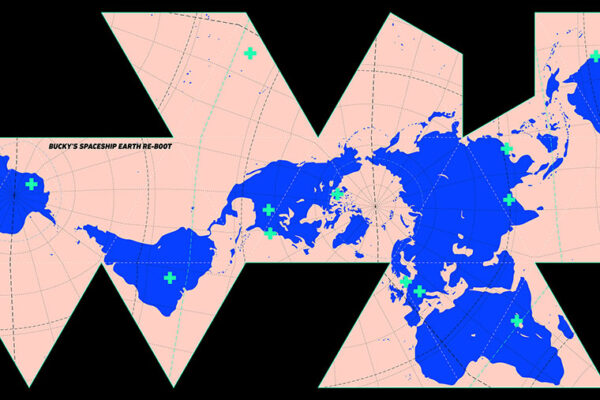Mute Icons
Other Dichotomies on the Real in Architecture
Interrogating historical, contemporary, and — more importantly— speculative images, “Mute Icons & Other Dichotomies of the Real in Architecture” aims to construct a viable alternative to the icon’s cliché and exhausted form of communication, positing one that is decidedly introverted and withdrawn. Developing a language and a sensibility for discovering simultaneous, contradictory, and even unexpected readings of […]
Sam Fox School announces guest speakers for spring
The Sam Fox School of Design & Visual Arts will host more than 20 virtual presentations by renowned artists, architects, designers and scholars as part of its spring Public Lecture Series.
‘The Autonomous Future of Mobility’
A van gleams darkly in the seedy neon of 1970s Times Square. Taxis queue for gas amidst a global oil crisis. In “The Autonomous Future of Mobility,” the Mildred Lane Kemper Art Museum at Washington University in St. Louis explores how car culture shapes American cities, energy consumption and popular notions of freedom and independence.
Whitaker wins national landscape architecture award
John Whitaker, a master’s candidate in landscape architecture and advanced architectural design, has won an Award of Excellence from the American Society of Landscape Architects.
Sam Fox School guest speakers go online
Nationally renowned artists, architects, designers and scholars will discuss their work as part of the Sam Fox School of Design & Visual Arts’ fall Public Lecture Series and the Mildred Lane Kemper Art Museum’s “In Conversation” series. Events begin Sept. 12 with art historian Natilee Harren, followed by MacArthur “Genius” Fellow Walter J. Hood, landscape designer for the International African American Museum Sept. 26. Combined, the series will feature 18 virtual presentations.
University reaches major sustainable building milestone
Five buildings on the Danforth Campus at Washington University in St. Louis just achieved LEED Platinum certification from the U.S. Green Building Council. It’s the council’s highest green building certification and a clear indication of the university’s deep commitment to campus sustainability.
Hoeferlin wins Exhibit Columbus research fellowship
Derek Hoeferlin, chair of landscape architecture and urban design at the Sam Fox School of Design & Visual Arts, has been named a University Design Research Fellow for Exhibit Columbus 2020-21.
A dismantled post office destroys more than mail service
The post office shapes American public and private life in cities and towns, large and small. A dismantled USPS erodes American social ties, neighborhoods and even families.
East End Transformation honored
The Society for College and University Planning recently honored Washington University in St. Louis’ East End Transformation with its Excellence in Planning Honor for a district of campus component.
Rethinking the global studio
From retail businesses to international supply chains, the Sam Fox School’s Global Urbanism Studio explores how the COVID-19 pandemic is reshaping urban space.
Older Stories

